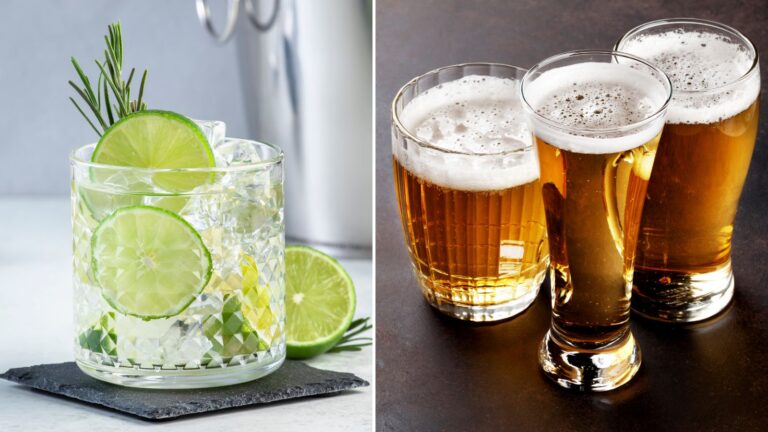Sales of non-alcoholic beverages are soaring in Norway, indicating a significant shift in consumer preferences toward healthier lifestyle choices. Here's the full story.
Vinmonopolet, Norway's state-owned alcohol retailer, is on track for another record year, with sales of non-alcoholic drinks up 20 percent in 2024. This follows a similar increase last year, highlighting a sustained trend in the market.

I find this story interesting, as I'm actually a part of this trend. I've enjoyed zero-alcohol beer for quite some time, but last year I discovered alcohol-free gin while on a cruise ship.
Since then, I've enjoyed regular alcohol-free G&T's and experimented with alcohol-free rum. So, what are the numbers behind this trend? And is alcohol in Norway declining? Let's take a closer look.
Non-Alcoholic Drinks Sales
According to a recent NRK article, Vinmonopolet reported a 20 percent rise in non-alcoholic beverage sales so far in 2024 compared with the previous year.
Norwegian supermarkets are also reporting an increase. Kiwi and Meny have reported an increase of approximately 8 percent in non-alcoholic beer sales.
However, this doesn't necessarily mean people are switching to non-alcoholic options. The numbers actually suggest people are trying out non-alcoholic options, as there has only been a slight decline in alcohol sales.
“Not a Passing Phase”
Vinmonopolet's Elisabeth Hunter remarked on the continuous upward trend: “I think that non-alcoholic will just continue to increase. It will be very exciting to see how big that category can become.”
Festivals and events have been quick to respond to this change in consumer behaviour. This year's edition of Tons of Rock, a prominent rock festival in Oslo, featured bars exclusively offering non-alcoholic drinks, a move well-received by attendees.
Clear Trend, But is Alcohol Use Declining?
Researcher Jørgen Bramness found the data compelling: “Previously, we might have perceived drinking less or abstaining from alcohol mostly as a trend on social media, but now we see numbers that can support this trend, and that people are choosing non-alcoholic options more often than before.”
Bramness believes part of the reason for the increase is that Vinmonopolet and other alcohol sellers have become better at promoting non-alcoholic options.
“And then there have been social media trends like ‘Dry January', and ‘Sober October' which have made people aware that it is possible to have fun and enjoy themselves without drinking alcohol all the time,” he said.
But whether the increase also means that alcohol consumption is declining is uncertain: “I think a significant decline in alcohol use in the population overall is not to be expected. And certainly not just based on these numbers.”

